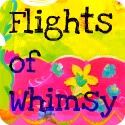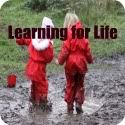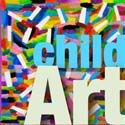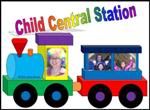Measurement is a very important and useful Math skill which preschool children begin to experiment with very early on. Measurement involves assigning a number to things so that they can be compared in relation to the same attribute, for example, ‘volume’.
In this activity, we provided the children with trays of coloured sand and a variety of vessels and utensils.
Preschoolers move through several stages as they use ‘hands-on’ experimentation to explore the concept of volume. Initially, they begin by imitating the actions of older children or adults as they pour substances from one container to another. As they play, they begin to talk about ‘too much’, ‘not enough’, it’s over flowing’, ‘I need more’… etc.
Then, they start to make comparisons, ‘more/less’, ‘bigger/smaller’, ‘taller/shorter’… and so on.
Following on from this, the children begin to use ‘arbitrary units’ of measurement. That is, anything that the child has at hand can become a unit of measurement. For example, They will try to find out, ‘How many spoonfuls of sand will fill the bowl?’ or ‘How many cups will fill the jug?’
Of course they will eventually go on to school and begin to develop an understanding of the need for ‘standard units’ of measurement. By then, hopefully having had plenty of experience ‘playing’ and experimenting with measurement, they will be better equipped to grasp an understanding of the concept of measurement in all it’s forms.
And let’s not forget, that as children work alongside and communicate with each other, they are extending and developing new vocabulary relating to their experiences.
Learning can be, and should be, great fun!






















